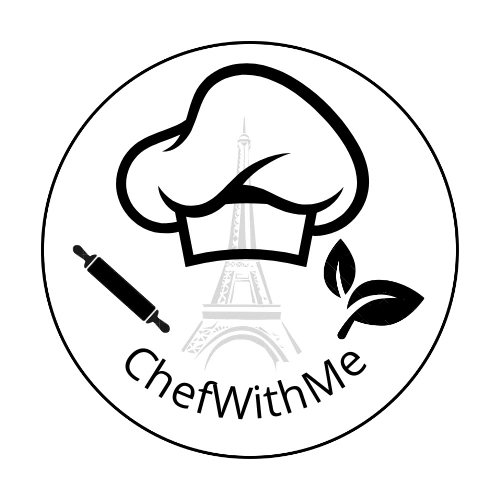Honey is a beloved natural sweetener in American kitchens, praised not only for its delicious taste but also for its health benefits compared to refined sugar. However, the honey market in the USA is increasingly flooded with fake or adulterated honey, often mixed with cheaper sugars or syrups, sometimes imported from countries like China. Understanding the difference between real and fake honey is essential for consumers who want to enjoy genuine honey’s nutritional benefits and avoid deceptive products.
We will explore together the honey landscape in the USA, the rise of fake honey, how to recognize authentic honey, and why choosing real honey matters for your health.

The Honey Market in the USA: Facts and Figures
The United States is one of the largest consumers of honey worldwide, with Americans consuming approximately 600 million pounds annually. The domestic honey industry produces about 160 million pounds per year, meaning the majority of honey consumed is imported. According to the USDA, about 75% of honey sold in the USA is imported, with significant quantities coming from countries such as Argentina, India, Vietnam, and China.
Unfortunately, this high demand and reliance on imports have led to an increase in adulterated or fake honey entering the market. The USDA and FDA have both reported concerns about honey being diluted with cheap sweeteners like high fructose corn syrup or sugar syrups derived from rice or corn, especially from some foreign suppliers.
What Is Fake Honey?
Fake honey, also called adulterated honey, is honey that has been mixed or replaced with other sweeteners or syrups to increase volume and reduce production costs. Common adulterants include:
- High fructose corn syrup (HFCS)
- Cane sugar syrup
- Rice syrup
- Corn syrup
- Glucose syrup
Some fake honey may even be produced entirely from these syrups and labeled as pure honey, deceiving consumers.
In the USA, there have been reports of honey adulterated with cheap sugar syrups imported from China. While China is a major global honey producer, some Chinese honey has been found to be diluted or contaminated, raising concerns about authenticity and safety.
Why Does It Matter? The Benefits of Real Honey vs Refined Sugar
Real honey is more than just a sweetener. It contains trace amounts of vitamins, minerals, antioxidants, and enzymes that can offer health benefits, such as:
- Antibacterial and anti-inflammatory properties
- Soothing effects on sore throats and coughs
- Potential antioxidant effects that help protect cells
- Lower glycemic index compared to refined sugar, meaning it causes a slower rise in blood sugar levels
In contrast, refined sugars like white sugar or HFCS provide empty calories and can contribute to health issues such as obesity, diabetes, and heart disease when consumed excessively.
Choosing real honey over refined sugar can be a healthier alternative, but only if the honey is genuine and not adulterated.
How to Recognize Real vs Fake Honey
Here are some practical tips to help American consumers distinguish real honey from fake honey:
1. Check the Label and Origin
- Real honey labels should clearly state the country of origin. Be cautious if the label is vague or if the honey is labeled as “honey blend” or “honey product.”
- Honey labeled as “USDA Organic” or “Raw Honey” is more likely to be authentic.
- Avoid honey labeled as “pure” without additional certification or origin details.
2. Conduct Simple Home Tests
- Water Test: Put a spoonful of honey in a glass of water. Real honey tends to settle at the bottom and does not dissolve quickly, while fake honey dissolves faster.
- Thumb Test: Place a drop of honey on your thumb. Real honey stays intact and does not spread easily, while fake honey spreads or runs.
- Flame Test: Dip a cotton wick in honey and try to light it. Real honey burns because it is free of water, but fake honey with added moisture or syrup may not.
3. Observe Texture and Taste
- Real honey is thicker and crystallizes over time.
- Fake honey is often too runny and remains liquid indefinitely.
- The taste of real honey is complex and floral, while fake honey may taste overly sweet or artificial.
4. Purchase from Trusted Sources
- Buy honey from local beekeepers or trusted brands with transparent sourcing.
- Farmers markets and specialty food stores often carry authentic raw honey.
- Look for certifications such as “True Source Certified” that verify honey authenticity.
The Future of Honey in the USA: Fighting Fraud and Protecting Consumers
The USDA and FDA are working to improve honey testing and labeling standards to combat honey fraud. New technologies such as isotope ratio mass spectrometry and nuclear magnetic resonance spectroscopy help detect adulterated honey more effectively.
Consumers can also play a role by educating themselves about real and fake honey, supporting local beekeepers, and demanding transparency from honey brands.
Conclusion: Choose Real Honey for Health and Authenticity
With the rise of fake honey in the American market, understanding the difference between real and fake honey is crucial. Real honey offers unique health benefits and a rich, natural flavor that refined sugars and fake honeys cannot match. By learning how to identify authentic honey and choosing trusted sources, you can enjoy the sweet goodness of genuine honey while supporting sustainable beekeeping and protecting your health.
Next time you shop for honey, remember these tips and savor the natural sweetness that only real honey can provide.
References:
- USDA Honey Statistics and Reports
- FDA Consumer Alerts on Honey Adulteration
- Journal of Food Science: Honey Adulteration Studies
- True Source Certified Program
